METANANO 2022 is cancelled
VII International Conference on Metamaterials and Nanophotonics
With enormous regret, in the light of the ongoing tragic events, METANANO 2022 is canceled this year.
Our most sincere hope is that peace will come soon and we will be able to meet again at METANANO next year!
METANANO 2022

METANANO 2022 cancellation
With enormous regret, in the light of the ongoing tragic events, the organizing committee of METANANO 2022, which was scheduled on 22-26 August, has decided to cancel the conference this year.
In-person format and great atmosphere was the trademark of METANANO since its beginning and we have tried our best to keep it even during the pandemic. However, we feel that it is not possible in the current circumstances.
Our most sincere hope is that peace will come soon and we will be able to meet again at METANANO next year!
Stay safe!
ORGANIZERS
Pavel Belov
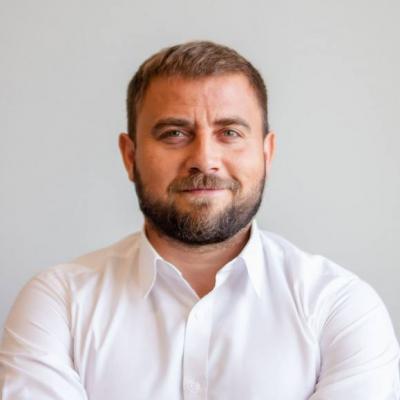
Andrey Bogdanov
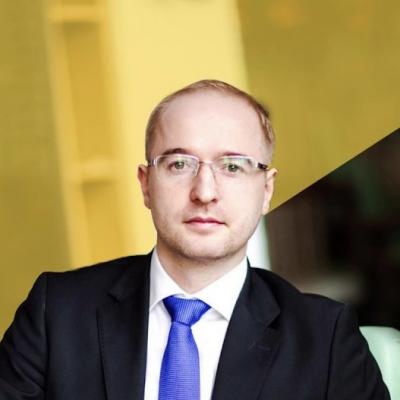
Ivan Sinev
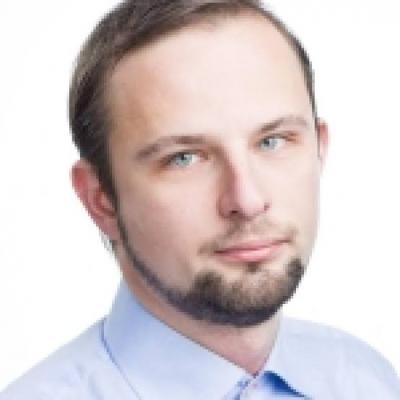
Oleh Yermakov
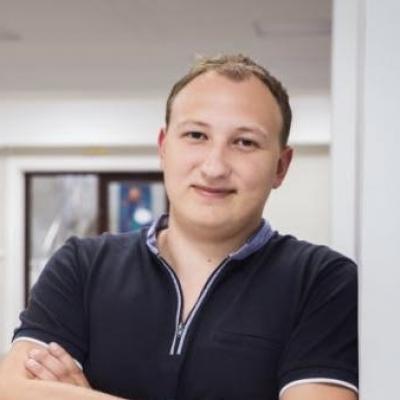
Anastasia Kaptsova
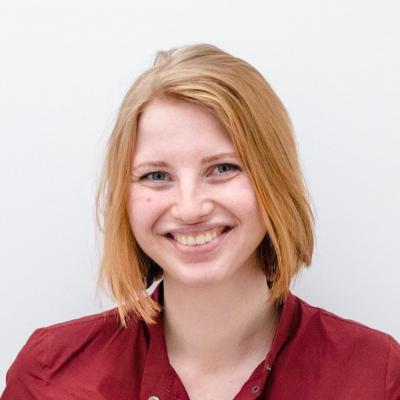
Sponsors and Partners
Do you want to become METANANO 2022 Sponsor or an Exhibitor?
Contact us if you have any questions about sponsorship or exhibition options.




